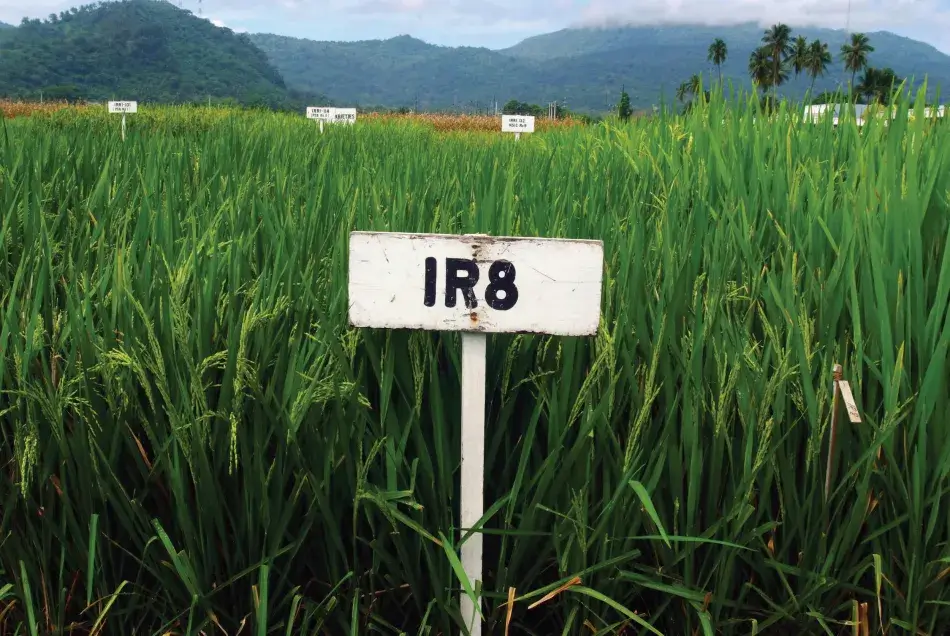U.S. Economic Competitiveness: Strengthening America and Boosting Prosperity
Economists generally agree that advancements in knowledge, largely based on scientific and technological innovation, are responsible for approximately half of advanced economies’ long-term economic growth, a consensus that has historically led to long-standing bipartisan support for U.S. federal funding of fundamental scientific research.70 Economic growth results from investments in R&D along many paths and across several key sectors.
Scientific research can grow American prosperity by raising the quality of life. Fundamental research and development have resulted in dramatically improved public health, generating many vaccines and new treatments for cancer and heart disease. American life expectancy grew from forty-five to seventy-two years between 1870 and 1970 due in part to medical advances such as these, albeit with unequal distribution of the benefits.71 American farmers and the American people alike have benefited from a massive increase in agricultural output from farm equipment technologies and bioengineering approaches, although the use of newly developed chemical fertilizers and pesticides have also had negative impacts on the environment and human health.72 In the past century, international collaborations on agricultural and food sciences have saved millions of people around the world from starvation; with food security as a major global threat in the decades to come, continuing research in these areas is important for supporting both American and global well-being and prosperity (see International Rice Research Institute: Agricultural Research for Global Food Security). Science has fostered innovations such as modern electronics, cancer radiation therapies, and the Internet. The scientific advancements that improve Americans’ quality of life, many of which have been developed by or in collaboration with international researchers, can be produced with greater benefits if the United States commits to supporting scientific endeavors, including those that strengthen international scientific collaborations.
Private industry directly capitalizes on scientific research, generating wealth as small businesses and large companies alike develop and sell technologies that emerge from cutting-edge science. The global biotechnology market, to name one example, is projected to grow at a compound annual growth rate of 9.9 percent and be worth more than $775 billion by 2024 as biotechnology companies continue to develop clinical and other research programs (see Spinal Muscular Atrophy: Developing Treatments for Childhood Disease).73
Companies that perform R&D, including multinational companies based in the United States, have widely recognized the advantages of operating internationally. These multinational companies are an essential component of the private U.S. R&D enterprise. An NSF analysis found that U.S.-based multinational companies performed $197 billion, or 71 percent, of all U.S.-located business R&D in 2010, employing an estimated 788,000 Americans representing over half of the U.S. business R&D workforce.74 Foreign multinational companies employed an additional 155,000 U.S. R&D workers and conducted 14 percent of U.S. R&D.75 Global operations, despite potential vulnerabilities to global supply chain disruptions and other challenges, are a key part of these job-generating companies’ strategies.
Fundamental research is a major source of discovery and new knowledge, critical to the development of new technology. Fundamental research is crucially dependent on U.S. government support of research at American universities, both for generating new knowledge and for training a robust STEM workforce. Increasingly, fundamental research is performed globally: in 1960, U.S. federal funding represented 45 percent of all global R&D; by 2016, that percentage had fallen to less than 10 percent.76 In this context, the United States, its companies, and its scientists must engage with the broader scientific community if America is to be among the world leaders across all scientific fields and benefit economically from the dividends of scientific research conducted both nationally and internationally.
International Rice Research Institute: Agricultural Research for Global Food Security
In the 1950s, following World War II, much of Asia was on the brink of famine as rice yields remained stagnant and insufficient to meet the population’s needs. For many people in Asia, rice was, and continues to be, vital to survival, constituting up to 80 percent of caloric intake.

IR8, a genetic cross between two strains of rice from Indonesia and China, was the first high-yielding rice variety successfully developed by IRRI after the collaboration’s establishment in the 1960s. © IRRI/International Rice Research Institute.
Spinal Muscular Atrophy: Developing Treatments for Childhood Disease
Approximately one in fifty people, or six million Americans, are carriers of a defective gene that leads to spinal muscular atrophy (SMA).89 This disease, which affects 1 in 6,000–10,000 infants and children, is a result of insufficient SMN protein and is marked by muscle weakness and loss of motor function; the most severe form, which is also the most common form, has an age of onset of younger than six months and is associated with a life expectancy of less than two years.90 SMA is one of the most common of the so-called “rare” diseases and is the leading genetic cause of infant death.91 It is estimated to affect 10,000–25,000 children per year in the United States alone.92